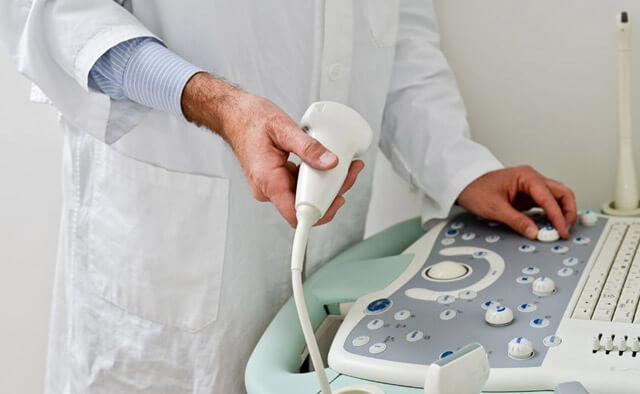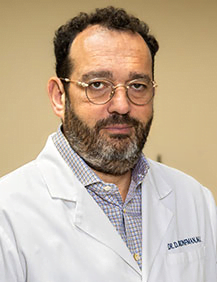The Only NYS Approved by
DOH Surgical Facility
*Same Day Appointments & Walk-Ins Welcome
The Only NYS Approved by
DOH Surgical Facility
*Same Day Appointments & Walk-Ins Welcome

Uterine Polyps are inner growths in the endometrium, inside of the uterine wall, also called endometrial polyps. Endometrialpolyps are formed from the overgrowth of the cells in the endometrium. These polyps are non – cancerous protrusions of the endometrial tissue. In rare cases they can eventually turn into cancer. They are usually small. However they can vary in size from some millimeters to a size of a golf ball, or even larger. They can become fragile and bleed as they grow in size. Being fragile, uterine polyps are one of the main causes of uterine bleeding. Once removed, they can reoccur. Uterine polyps can affect woman of any age, but they are more common after the age of 40. Uterine polyps can also occur after menopause.
The real cause of endometrialpolyps is not known. A big role seems to play swings in the hormone levels and especially swings of estrogen levels. It is known that estrogen plays a big role every month in the thickening process of the endometrium. This appears to be also linked with the growth of uterine polyps.
Risk factors for uterine polyps include: obesity, high blood pressure and a history of cervical polyps.
It is very important to do regular gynecological checkups in order to diagnose the uterine polyps in time. This is especially necessary in cases of non-cancerous or cancerous uterine polyps. Some of the methods used to diagnose uterine polyps include:
Endometrialpolyps can be asymptomatic. However, in some cases its signs and symptoms can be severe. Usually signs and symptoms of uterine polyps include:
Asymptomatic endometrialpolyps require no treatment. However, in cases when signs and symptoms are present, treatment of uterine polyps is necessary. They should be treated especially in cases when they are suspected as pre-cancerous or cancerous, but also in cases when they do cause excessive bleeding. Treatment of uterine polyps consists of:
Uterine polyps can’t be prevented. However, regular checkups can help diagnose and treat them on time, especially in cases of pre-cancerous or cancerous endometrialpolyps. Even with good treatment uterine polyps often reoccur.

Dmitry Bronfman, MD, is a board-certified gynecologist who specializes in all aspects of contemporary women’s health, preventive medicine, pelvic pain, minimally invasive and robotic surgery, and general, adolescent, and menopausal gynecology.
Brooklyn Abortion Clinic